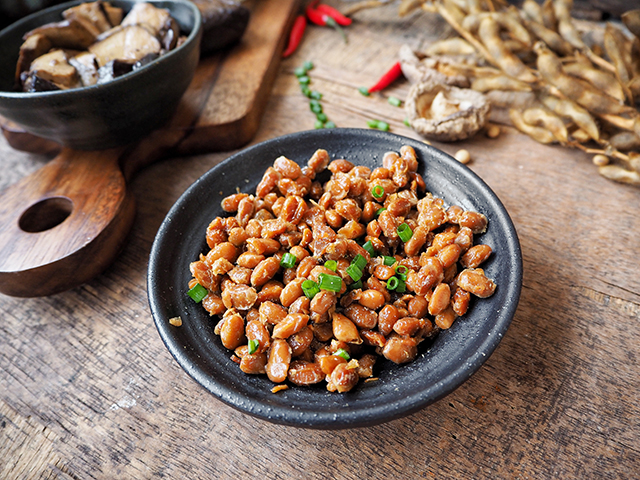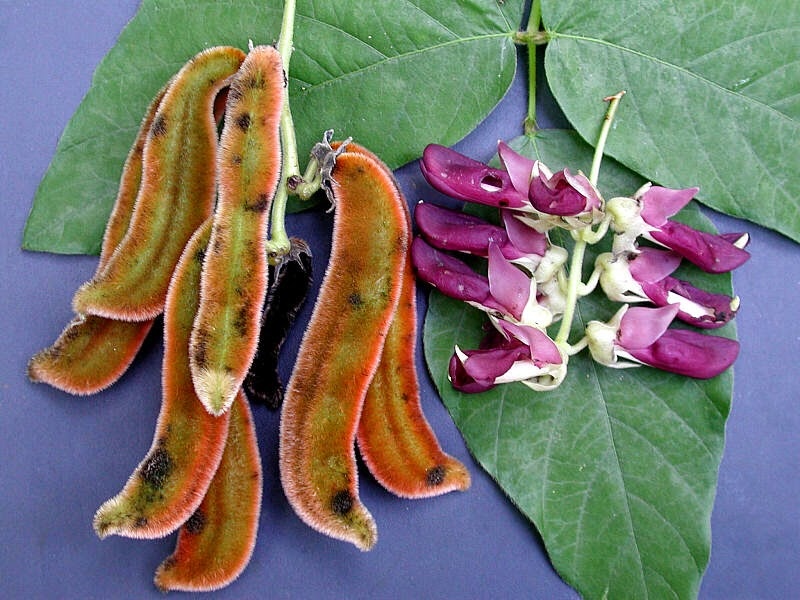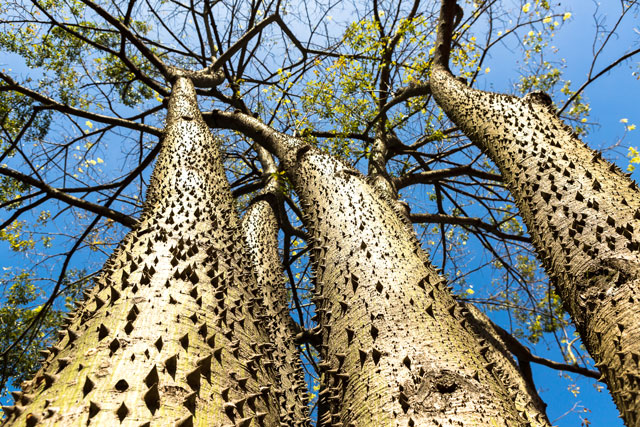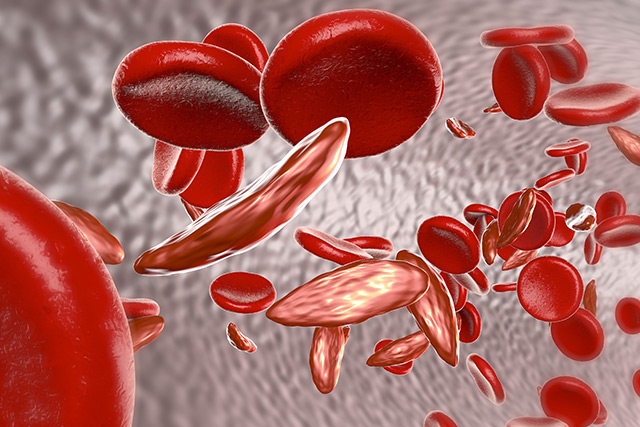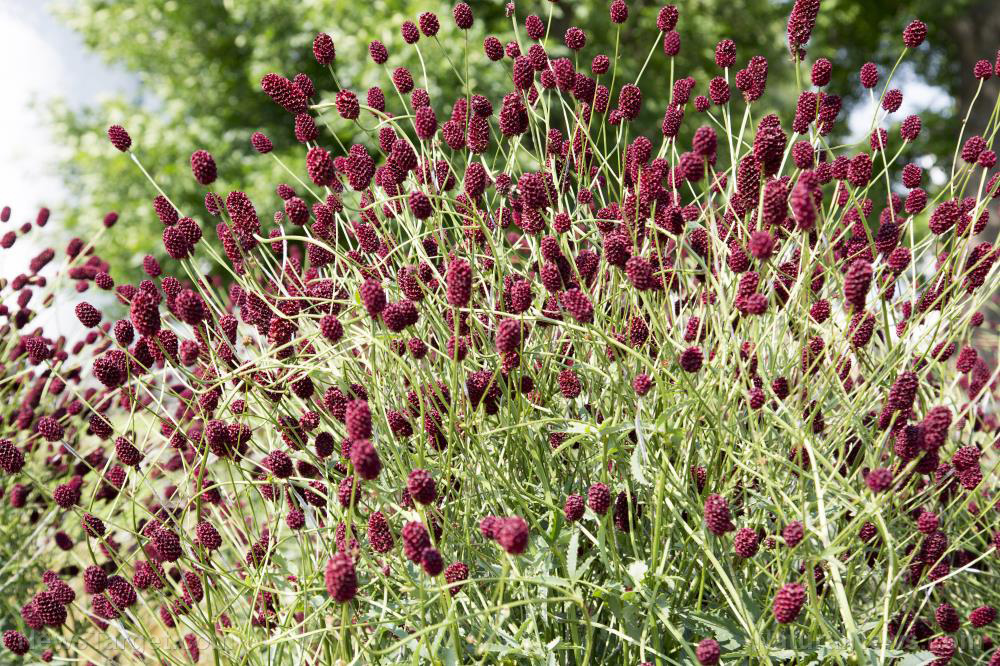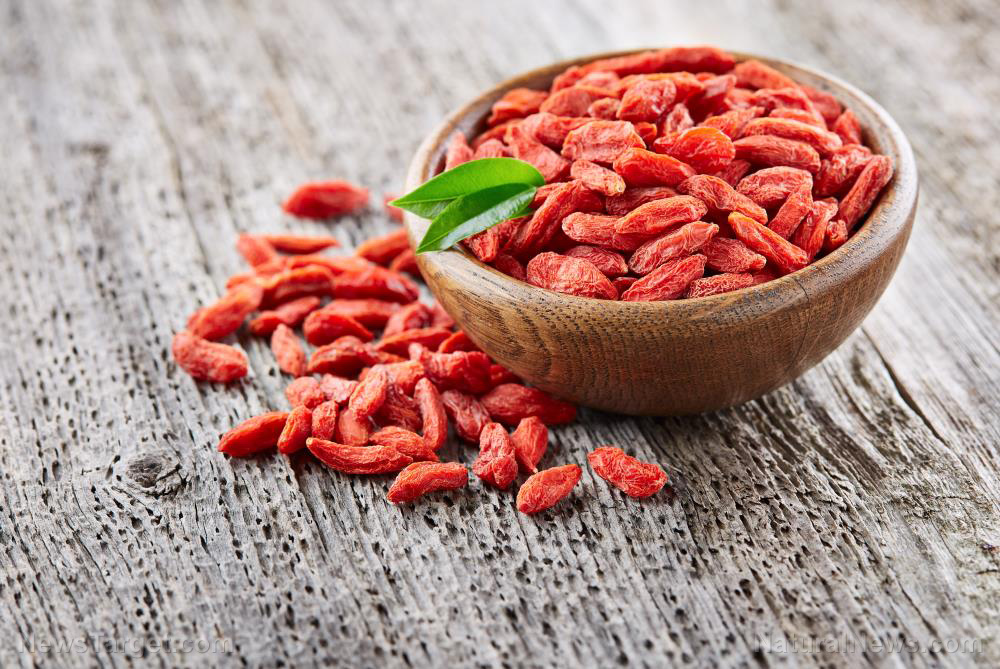Caryopteris mongolica Bunge root extract found to have anti-Brucella activity
08/09/2018 / By Michelle Simmons

A study published in the journal BMC Complementary and Alternative Medicine has found a natural treatment for brucellosis. In the study, researchers at the Institute of Veterinary Medicine and the National University of Mongolia assessed the antibacterial activity of the root extracts of Caryopteris mongolica (Bunge) against Brucella melitensis, the gram-negative bacteria that causes brucellosis, in mice.
- For the study, the researchers used 30 mice and assigned them into six groups.
- Five groups were treated with the M16 strain of B. melitensis, while the remaining group was left uninfected.
- Among the five groups, one group was used for pretreatment monitoring, one group served as the control group; and the three other groups were treated with one oral gavage per day for 21 days with doxycycline (2 mg/day), doxycycline (1 mg/day) with C. mongolica root extract (20 mg/day), and C. mongolica root extract (20 mg/day).
- Based on the results, the daily treatment of C. mongolica root extracts, in combination with doxycycline, significantly reduced infection in the spleen.
- However, doxycycline-treated and combination-treated groups had significant reductions in spleen sizes compared to normal mice.
- The group treated only with C. mongolica root extract exhibited more modest results in the ability to kill Brucella compared to the other groups. Mice in this group also had the closest spleen sizes to normal mice.
In conclusion, the C. mongolica root extract could be a gentler and safer treatment and prevention alternative for Brucella infection.
Read the full text of the study at this link.
To read more stories on natural treatments, visit AlternativeMedicine.news today.
Journal Reference:
Tsevelmaa N, Narangerel B, Odgerel O, Dariimaa D, Batkhuu J.ANTI-BRUCELLA ACTIVITY OF CARYOPTERIS MONGOLICA BUNGE ROOT EXTRACT AGAINST BRUCELLA MELITENSIS INFECTION IN MICE. BMC Complementary and Alternative Medicine. 26 April 2018; 18(144). DOI: 10.1186/s12906-018-2220-y
Tagged Under: alternative medicine, Brucella infection, Brucella melitensis, Brucellosis, Caryopteris mongolica, Caryopteris mongolica root extract, herbal medicine, Natural Treatments



